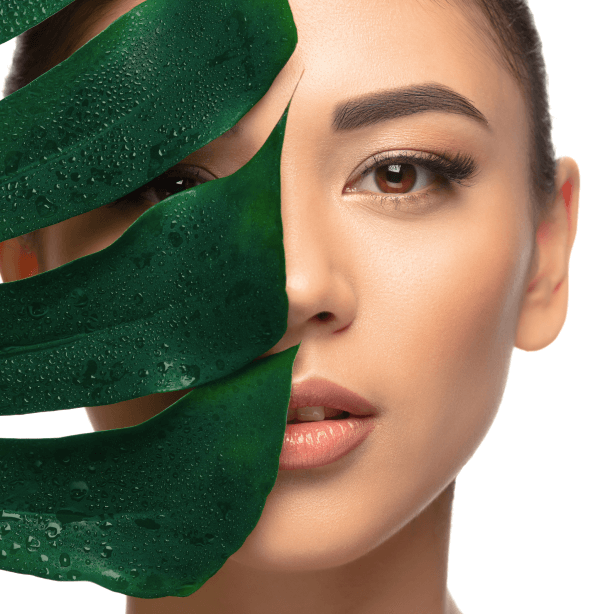For centuries, cellulite has been a puzzling aesthetic concern—striking fear in the hearts (or should I say, thighs) of many. Yet, its enigmatic presence has also spurned countless myths and “miracle” remedies. This deep-dive blog post is an attempt to demystify this common condition, arm you with accurate knowledge, and discuss the range of benefits that come from an informed, and empowered, sense of self.
What is Cellulite?
Cellulite—sometimes poetically referred to as ‘orange peel skin’—is a condition that gives the skin a dimpled, lumpy appearance. It is most commonly found on the buttocks and thighs. Despite public perception, cellulite is not a disease but a normal variation in the appearance of body fat. It becomes noticeable due to the structure of connective tissue in women and fat accumulation. It’s so prevalent that nearly 80-90% of post-pubescent females display symptoms.
Is it Contagious?
Cellulite is not contagious; it is a structural issue beneath the skin that can affect anyone, regardless of age or gender, though it is much more common in females. It is not caused by bacteria or any pathogenic agents, and cannot be spread via contact like a rash or infection.
Symptoms and Causes
Cellulite can present as a series of ripples and dimples in the skin, often compared to the texture of an orange peel. The exact cause isn’t fully understood, but it’s believed to involve a mix of factors ranging from hormones to genetics.
Risk Factors
Gender, age, and genetic predisposition are the primary risk factors. Hormones play a significant role in cellulite development—estrogen, insulin, noradrenaline, thyroid hormones, and prolactin are part of the cellulite production process.
Diagnosis and Tests
Cellulite is often identified during a physical skin examination, although it’s considered a cosmetic concern rather than a medical issue. When pursuing cellulite treatment in Frisco, professionals may sometimes conduct additional tests if they suspect any underlying health conditions that could be influencing the appearance of cellulite. This approach helps ensure that treatments are both effective and appropriate for individual needs.
Imaging Techniques
In some cases, imaging techniques such as ultrasound or magnetic resonance imaging (MRI) may be used to examine the deeper skin layers and the structures of the skin and tissue.
Management and Treatment
Cellulite treatments and management strategies range from lifestyle changes to medical procedures. With so many “fixes” on the market, it’s essential to sift through the evidence and distinguish the effective remedies from the dubious.
Can Cellulite Be Eliminated?
While there is no permanent cure for cellulite, several treatments claim to reduce its appearance. These can range from over-the-counter creams to more invasive methods like laser therapy.
The Role of Exercise
Regular physical activity can help to reduce the appearance of cellulite by burning fat and boosting muscle tone in areas prone to cellulite.
Dietary Adjustments
Certain foods can contribute to the development or reduction of cellulite. Reducing the intake of inflammatory foods and increasing the consumption of nutrient-dense, anti-inflammatory foods can improve the condition’s appearance.
Alternative Treatments
Various traditional and alternative medicines exist, from massage techniques like cupping to coffee scrubs. These tend to have a more modest effect, and their results may vary significantly between individuals.
Prevention
Preventing cellulite largely involves maintaining a healthy lifestyle, keeping a stable weight, and avoiding factors that can increase the likelihood of developing cellulite.
Lifestyle Recommendations
Regular exercise, a well-balanced diet, and hydration are key components of a cellulite-preventative lifestyle. These can all help reduce body fat and improve muscle tone, thus preventing cellulite from becoming more prominent.
Living With Cellulite
For many, living with cellulite is part of life’s natural diversity. However, for those who find it distressing, there are many options for managing its appearance and seeking further advice.
Seeking Support
If cellulite is significantly affecting your quality of life, don’t hesitate to seek the support of a healthcare provider or a therapist who can provide advice or interventions tailored to your needs.
When to Seek Medical Advice
It’s essential to be proactive about your health and seek medical advice if cellulite is accompanied by other symptoms, is causing distress, or if you are considering any form of treatment.
The Road Ahead
Though cellulite may be an uninvited guest in your life, it’s crucial to remember that it’s a common, cosmetic concern that millions of people share. With accurate knowledge and a variety of strategies at your disposal, the dimpled skin does not have to define you. Your choices in management, treatment, and perception can empower you to take control of your body image in a thoughtful and constructive way.
The often-overlooked benefit of health-related education is that it brings communities together. In demystifying conditions like cellulite, we contribute to a culture where openness and authenticity are celebrated. This is an essential aspect of personal well-being and a positive direction in which we should all strive to move forward.


